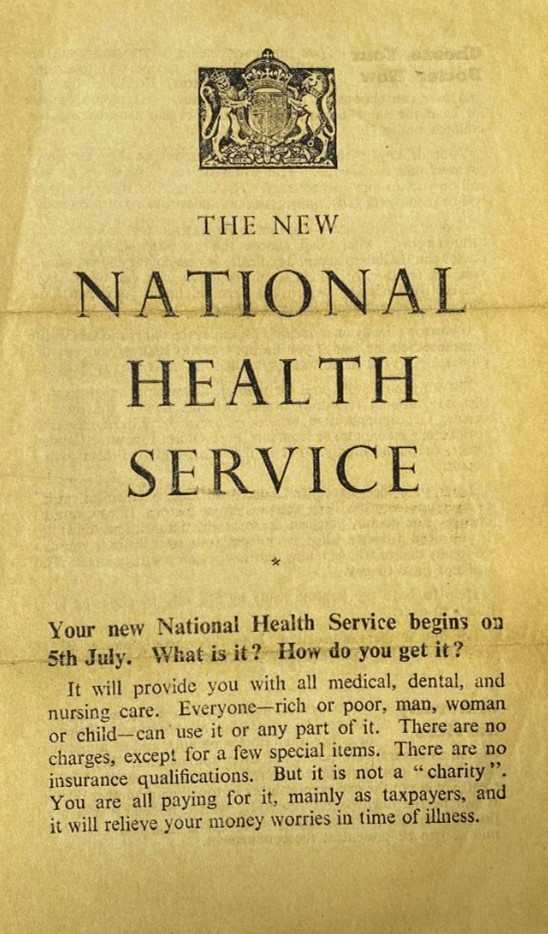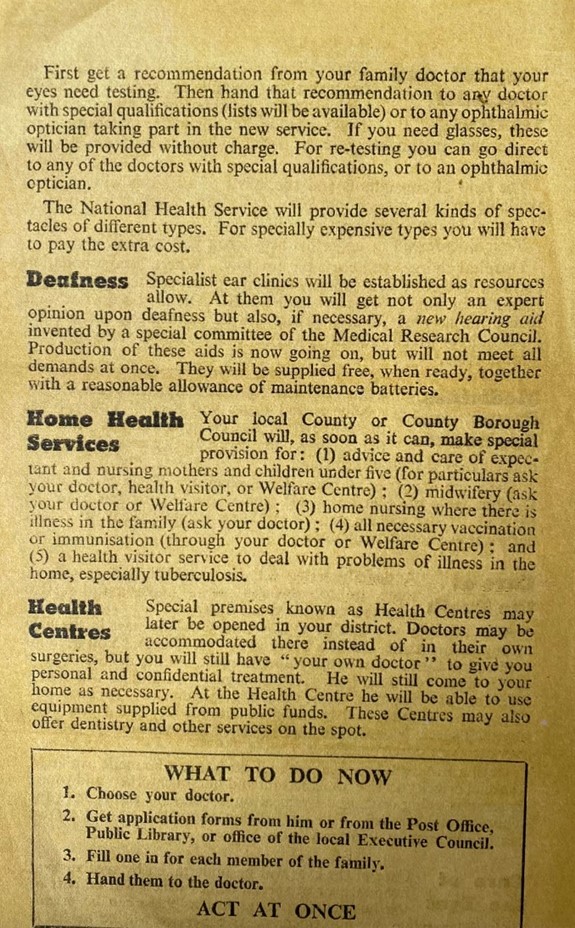Happy 75th birthday NHS, and thanks for 75 years of providing hearing aids
5 July 2023 marks 75 years of the National Health Service.
Treating over a million people a day in England, the NHS touches all of our lives. When it was founded in 1948, the NHS was the first universal health system to be available to all, free at the point of delivery. Today, nine in 10 people agree that healthcare should be free of charge. More than four in five agree that care should be available to everyone, and that the NHS makes them most proud to be British.
To celebrate 75 years of NHS Audiology and the provision of hearing care services and hearing instruments free at the point of delivery, a team from the Manchester Centre for Audiology and Deafness (ManCAD) reviews the history of Audiology in the NHS over the past seven and a half decades.
From its inception on July 5th, 1948, the NHS has been committed to providing care for people with hearing loss. On Day 1, the “MedResCo” (Medical Research Council) hearing aid was available on permanent loan, with free batteries, to meet an estimated demand of 300,000 people across the UK population of 50 million. Although the microphone and earpiece weighed in at a modest 140 grams, the batteries added another 1000 grams (like a bag of sugar in your pocket). Since then, hearing aids (still the primary treatment for hearing loss) have drastically slimmed down to around 2 grams each. There are few health fields in which such a loss of bulk is seen as beneficial! Conversely, audiology has grown: swelling from dispensing 28,000 units annually to around 1.2 million today, and this does not include cochlear implants.
The MedResCo hearing aids and audiometer designs had their origins in the work of Manchester-based physicist Dr TS Littler. The Manchester link still exists with the NIHR-supported Hearing Device Research Centre hosting the BAA’s assessment of hearing aids offered for supply on NHS contracts, and its researchers conduct cutting-edge projects using the latest technology to understand hearing loss, hearing aids and provision of hearing care.
The early MedResCo hearing aids were evidently much appreciated. According to a 1951 study1, more than 95% of people fitted with the hearing aid were still using it 2 years later. Unfortunately, 2020 data2 show a different picture: 50% of adults use their hearing aid most of the time, 30% use them some of the time, and 20% do not use their hearing aids at all. Audiology should not be too downhearted about this. It turns out that continued intervention is higher for hearing aids than many other chronic conditions, including asthma, HIV and diabetes3. Nevertheless, the Manchester-led, NIHR-funded, FAMOUS study[1]* is pursuing ways to increase continued hearing aid use.
Happy birthday NHS and thank you to all the dedicated audiologists working to provide support and care to around 1 in 6 people across the UK with hearing loss.
Manchester Centre for Audiology and Deafness
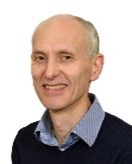 |
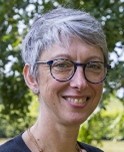 |
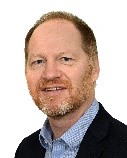 |
|
Michael A Stone |
Gabrielle H Saunders |
Kevin J Munro |
Acknowledgements
The authors are supported by the NIHR Manchester Biomedical Research Centre.
References
1 Gray P.G., Cartwright A. The Medresco hearing aid, its use and value. Special article, The Lancet, May 26th, 1951.
2 Dillon H, Day J, Bant S, Munro KJ. (2020) Adoption, use and non-use of hearing aids: a robust estimate based on Welsh national survey statistics. Int J Audiol. 59:567-573. doi: 10.1080/14992027.2020.1773550.
3 Saunders GH, Dillard LK, Zobay O, Cannon JB, Naylor G. (2021) Electronic Health Records As a Platform for Audiological Research: Data Validity, Patient Characteristics, and Hearing-Aid Use Persistence Among 731,213 U.S. Veterans. Ear Hear. 42:927-940. doi: 10.1097/AUD.0000000000000980
* Does your audiology service want to help continue that history by signing up to be a FAMOUS site ? Go to https://www.baaudiology.org/take-part-in-the-famous-study/
Front and rear cover of the leaflet distributed to every household ahead of the launch of the National Health Service on 5 July 1948. Note the reference to Deafness (and hearing aids) on the rear cover.
